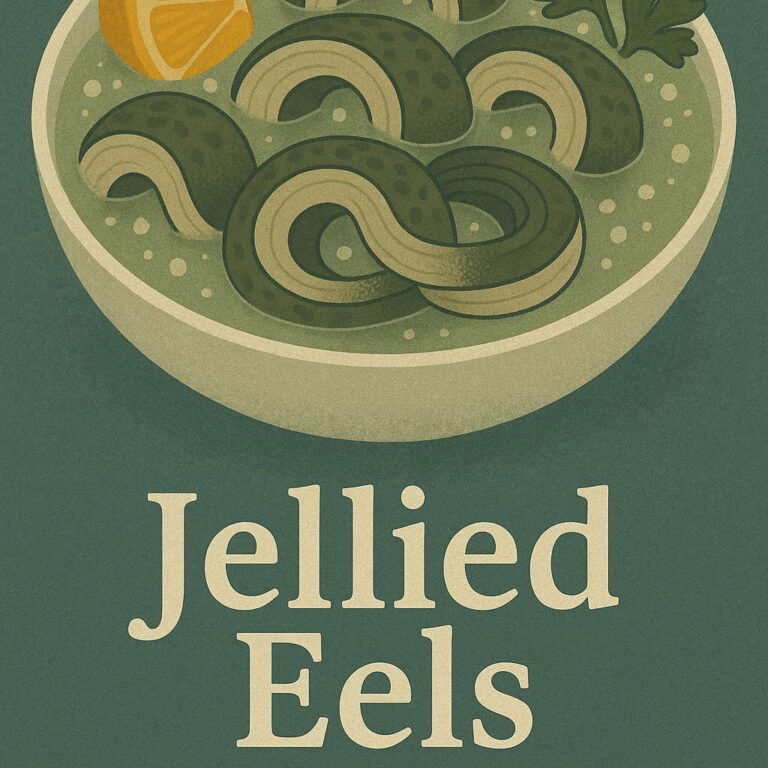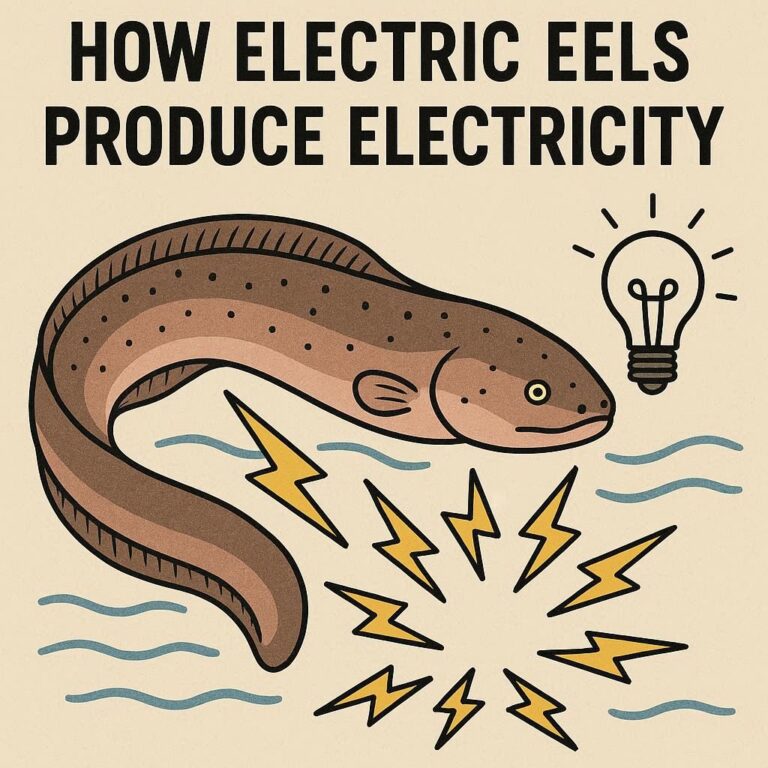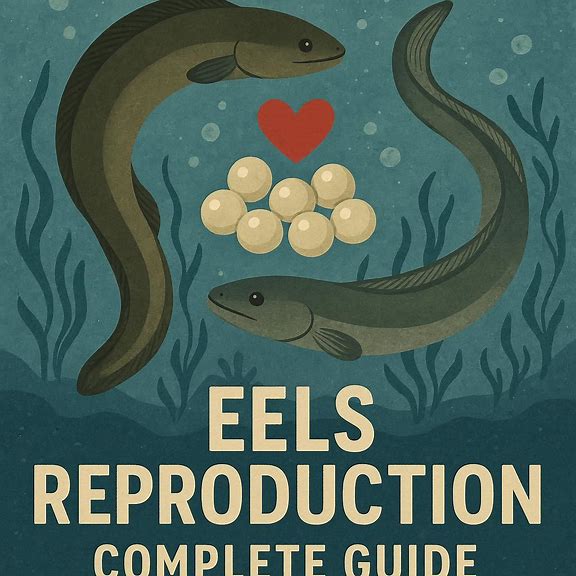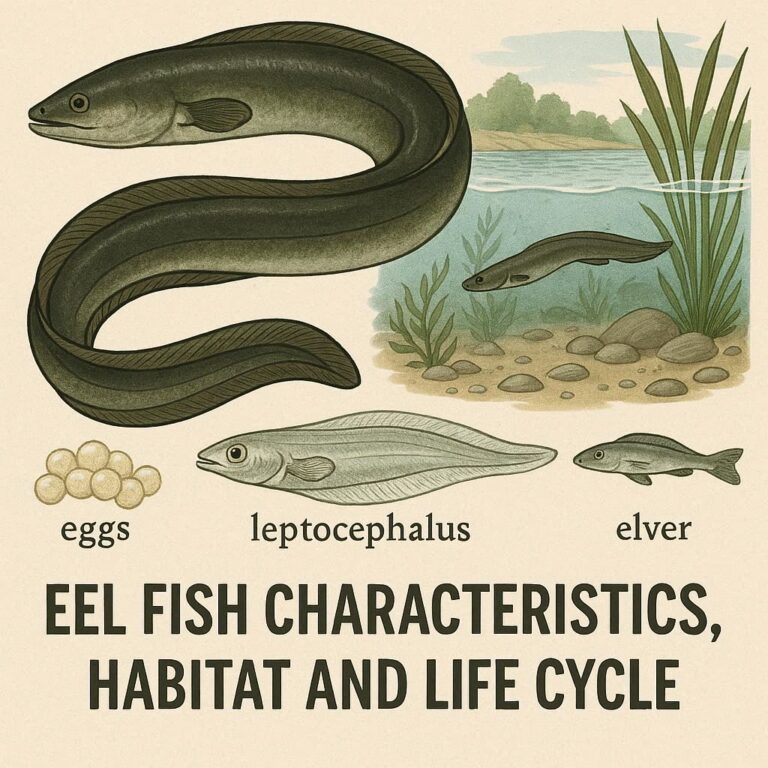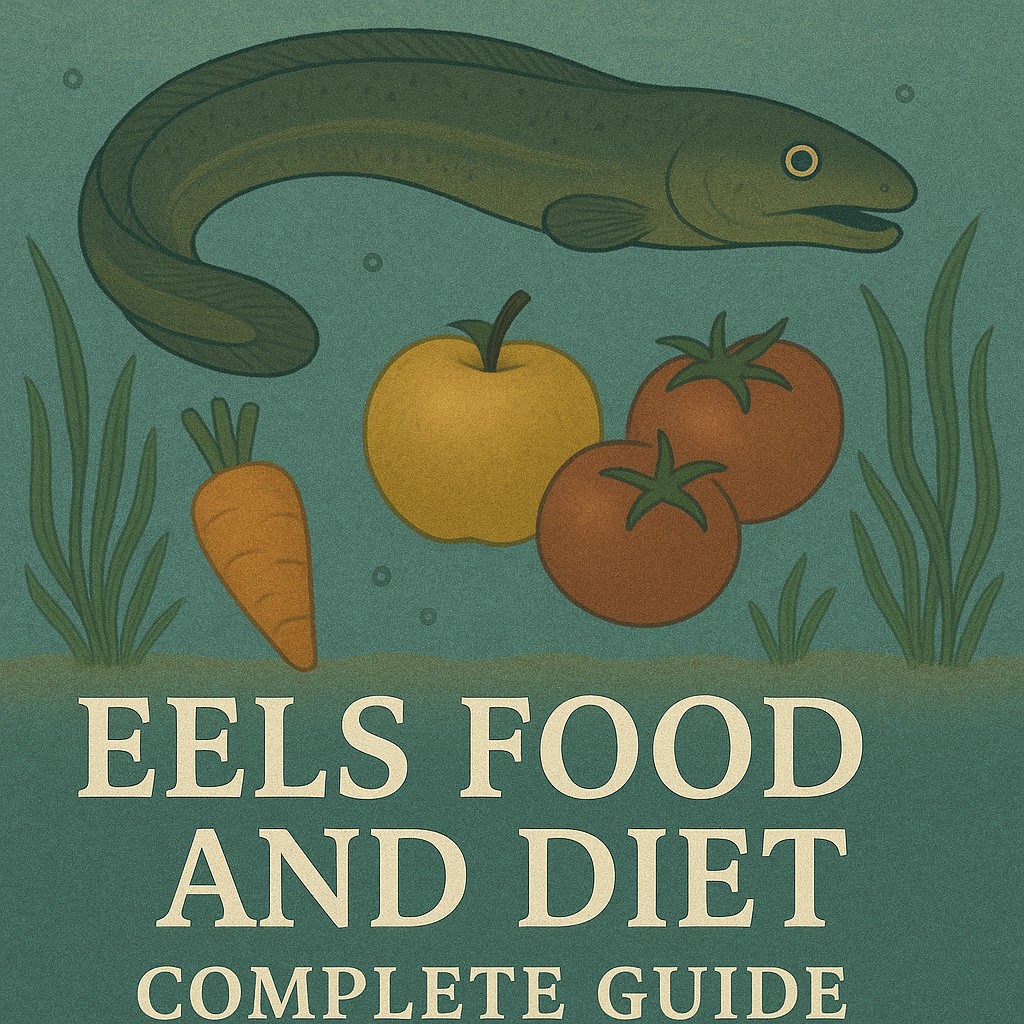
Eels are fascinating aquatic creatures known for their sleek bodies and snake-like movements. As carnivorous predators, eels have specific dietary preferences that vary depending on their species and habitat. In this eel food guide, we will explore the diverse diet of eels and provide insights into the types of food they consume to fuel their growth and survival.
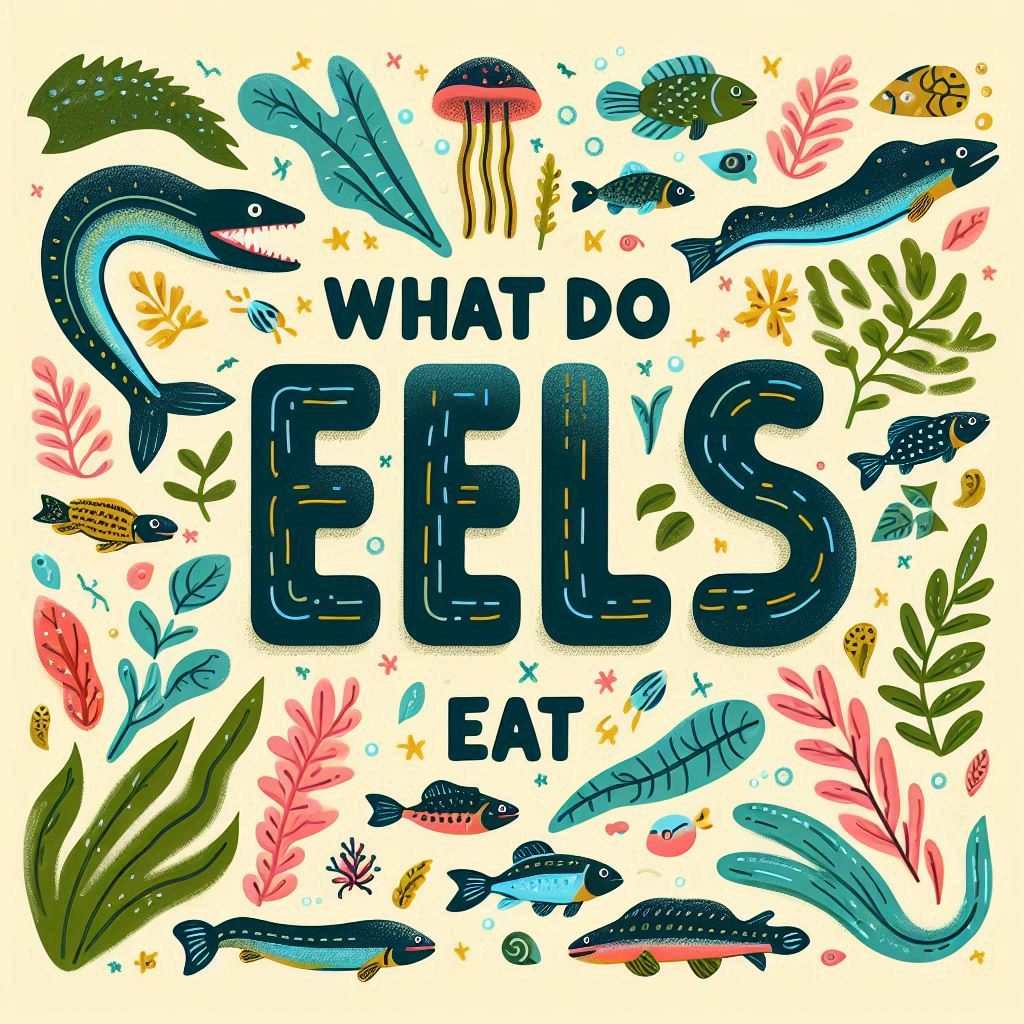
1. Small Fish
Small fish are a staple food source for many eel species. Eels have a remarkable ability to ambush and capture their prey. They use their sharp teeth and elongated jaws to snatch smaller fish, such as minnows, guppies, and juvenile fish, from their hiding places or during open-water pursuits.
2. Crustaceans
Crustaceans form an essential part of the eel’s diet. Eels prey on various crustaceans, including crabs, shrimps, crayfish, and prawns. With their flexible bodies, eels can maneuver into crevices and burrows to catch crustaceans that are seeking shelter or hiding from predators.
3. Aquatic Invertebrates
Eels have a diverse palate that includes aquatic invertebrates. They feed on a range of invertebrates, such as worms, snails, clams, mussels, and small crustaceans like amphipods and isopods. Eels use their keen sense of smell and agility to locate and capture these invertebrates in both freshwater and marine environments.
4. Amphibians and Reptiles
In addition to fish and invertebrates, larger eel species may also consume amphibians and reptiles. They have been observed preying on frogs, newts, lizards, and even smaller snakes. Eels are opportunistic feeders and will take advantage of available food sources within their habitats.
5. Birds and Bird Eggs
Some larger species of eels, particularly those inhabiting estuarine and coastal regions, have been known to feed on birds and their eggs. Eels use their stealth and agility to ambush unwary birds that come within striking range, providing them with a source of additional nutrition.
6. Larvae and Juveniles
Eels exhibit cannibalistic behavior, particularly when they are young and in close proximity to each other. They may prey on smaller eels, including their own species, consuming larvae and juveniles. This behavior helps regulate population densities and ensures the survival of the fittest individuals.
7. Opportunistic Feeding
Eels are opportunistic feeders, meaning they take advantage of various food sources available in their environment. Depending on their size and habitat, eels may consume insects, small rodents, worms, small crustaceans, and even carrion. Their adaptability allows them to thrive in a range of ecosystems.
8. Feeding Techniques
Eels employ different feeding techniques based on their prey. Some eels rely on active hunting, using bursts of speed and agility to chase down fast-swimming prey. Others employ a sit-and-wait strategy, camouflaging themselves among rocks or vegetation and ambushing unsuspecting prey as it passes by.
Eels Diet in Wild and in Captivity
Eels are fascinating creatures with a diverse diet that varies depending on their habitat and availability of food sources. Whether in the wild or captivity, eels have specific dietary preferences that contribute to their growth and overall health. This article will explore what eels eat in their natural habitat and when kept in captivity.

Wild Eels Diet
In the wild, eels are primarily carnivorous and feed on a variety of prey items. Their diet includes:
- Fish: Small fish, such as minnows, guppies, and juvenile fish, form a significant portion of an eel’s diet. They use their sharp teeth and elongated jaws to capture and consume these prey items.
- Crustaceans: Eels also feed on crustaceans, such as crabs, shrimps, crayfish, and prawns. They are skilled at maneuvering into crevices and burrows to catch these prey items.
- Aquatic Invertebrates: Eels consume a range of aquatic invertebrates, including worms, snails, clams, mussels, and small crustaceans like amphipods and isopods.
- Amphibians and Reptiles: Larger eel species may prey on amphibians, such as frogs and newts, as well as smaller reptiles like lizards and snakes.
- Birds and Bird Eggs: In some cases, larger eel species may opportunistically feed on birds and their eggs when they come within striking range.
It’s important to note that the diet of wild eels may vary depending on their species, location, and specific environmental factors.
Captive Eels Diet
Eels kept in captivity, such as in aquariums or aquaculture facilities, require a carefully planned diet that replicates their natural feeding habits. The food provided to captive eels typically includes:
- Live or Frozen Fish: Captive eels are often fed live or frozen fish, such as small freshwater or marine fish, to simulate their natural feeding behavior. The fish are selected based on their nutritional value and compatibility with the eel’s dietary needs.
- Crustaceans and Invertebrates: Crustaceans like shrimps, crabs, and prawns, as well as various aquatic invertebrates, are also included in the diet of captive eels. These provide essential nutrients and enrichment for the eels.
- Commercial Eel Pellets: In some cases, commercially formulated eel pellets or feeds may be used to supplement the eel’s diet. These pellets are specially designed to meet the nutritional requirements of eels and ensure their optimal growth and health.
It is important to consult with experts or follow specific guidelines when feeding eels in captivity to ensure their dietary needs are met and to promote their well-being.
Conclusion
Eels have a diverse and adaptable diet, encompassing small fish, crustaceans, aquatic invertebrates, amphibians, reptiles, birds, and even other eels. Their feeding habits vary depending on their species, size, and habitat. As skilled predators, eels employ various techniques to capture their prey, showcasing their remarkable agility and hunting prowess.
In the wild, eels are carnivorous predators that consume small fish, crustaceans, aquatic invertebrates, and occasionally amphibians, reptiles, birds, and their eggs. When kept in captivity, eels are fed a diet that closely resembles their natural feeding habits, including live or frozen fish, crustaceans, and invertebrates, along with specially formulated eel pellets in some cases.
Understanding the dietary preferences and requirements of eels, both in the wild and in captivity, is crucial for their overall health and vitality.


